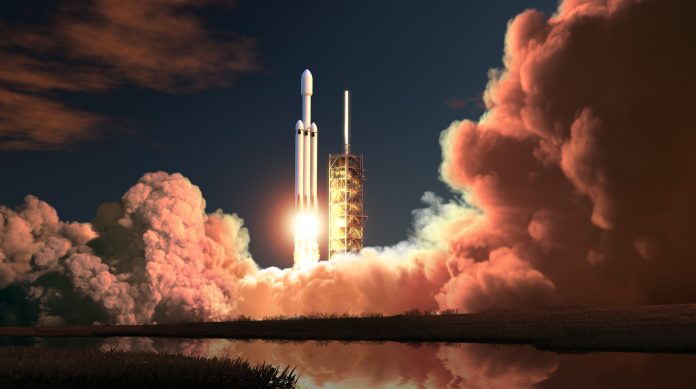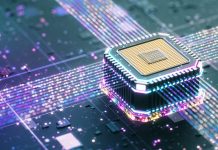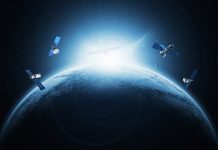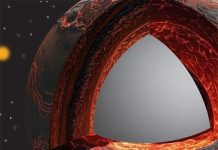The European Space Agency (ESA) has officially launched the study phase of its pilot project HOBI-WAN (Hydrogen-oxidising bacteria in weightlessness as a source of nutrition)
HOBI-WAN will explore how astronauts can produce food in space in the future without any resupply from Earth.
Feeding the future of space exploration
As astronauts prepare for long-duration missions to the Moon and Mars, one of the biggest challenges is ensuring a steady and sustainable food supply.
Transporting food from Earth is costly and unsustainable for multi-year expeditions. HOBI-WAN hopes to provide a solution for this by producing protein directly in space using only gas and microbes.
HOBI-WAN is funded under ESA’s Terrae Novae Exploration Programme, which supports Europe’s long-term exploration goals. ESA has selected OHB System AG as the project’s main contractor, working alongside Solar Foods, which is a Finnish biotechnology company known for developing Solein.
Turning air into nutrition
A significant portion of the HOBI-WAN project is Solar Foods’ innovative Solein technology, which produces protein from simple ingredients, including hydrogen, oxygen, and carbon dioxide.
The process does not require sunlight in farmland, which is what makes it ideal for the confined, resource-limited environments of space habitats.
In future space missions, the gases used for the process could be sourced directly from the spacecraft’s life support systems. Carbon dioxide exhaled by astronauts and hydrogen and oxygen produced through water electrolysis could feed the bioreactor, creating a closed-loop system that recycles resources and minimises waste.
Unlike on Earth, where ammonia is used as a nitrogen source, the space version of the process will use urea to support protein synthesis. This approach could further enhance self-sufficiency during extended missions.
“For human beings to be able to implement long duration missions on the Moon, or even one day, to go to Mars, will require innovative and sustainable solutions to be able to survive with limited supplies,” says Arttu Luukanen, Senior Vice President Space & Defence at Solar Foods.
“With this project, we the European Space Agency is developing a key capability for the future of space exploration.”
Testing microgravity
The first eight-month phase of HOBI-WAN will focus on building a ground-based model of the Solein production system. Once validated, a space-ready version will be constructed for flight aboard the International Space Station (ISS).
The bioreactor and all supporting equipment will be housed in a standard middeck locker, which will contain an incubator, sensors, control units, and systems for safe gas injection and sample collection.
Astronauts on the ISS will conduct several experiments during the mission to observe how the process performs in microgravity and to collect samples for analysis back on Earth.
One of the main technical challenges is ensuring the safe handling of hydrogen and oxygen, both highly reactive gases. Engineers must design precise injection systems that prevent leaks or gas mixing outside the controlled environment of the reactor.
The benefits for Earth
While HOBI-WAN’s immediate goal is to sustain astronauts, the project also has some potential benefits for life on Earth. By showing that nutritious protein can be created from air and electricity, the technology could help address global food security and resource scarcity challenges in regions where traditional agriculture is impractical.











